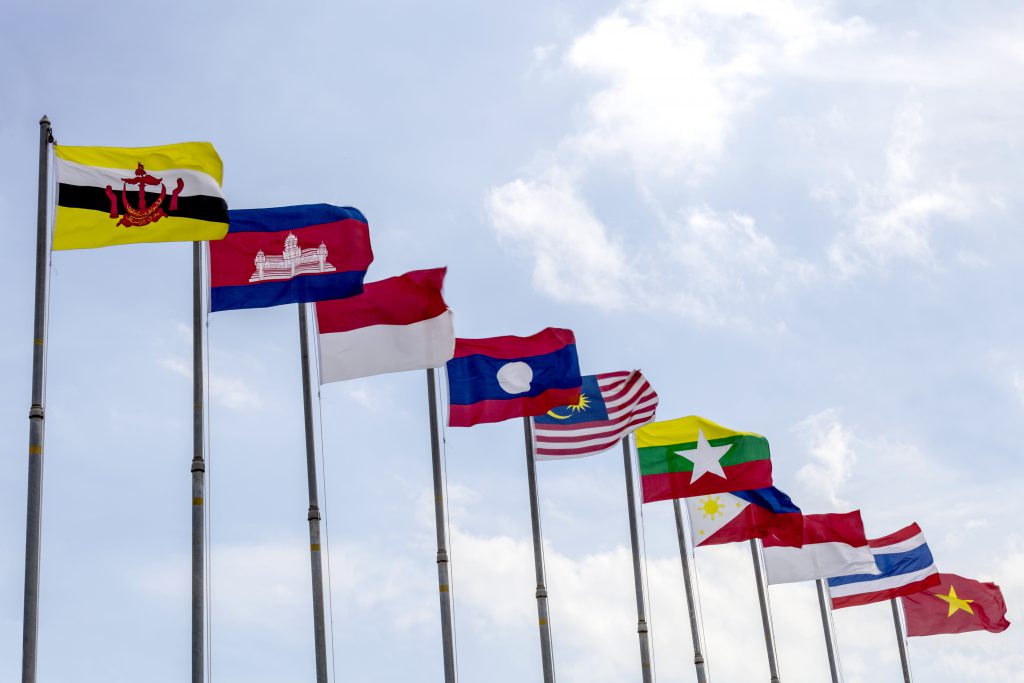The Dynamics of City State Development and Relations with ASEAN and APT
August 13, 2019

On 8 August 1967, leaders of Indonesia, Malaysia, Philippines, Singapore, and Thailand founded the Association of Southeast Asian Nations (ASEAN). Today, ASEAN comprises ten member states, each contributing to ASEAN development. Associate Professor Ho Kong Chong (NUS Department of Sociology), in his chapter, ‘The Dynamics of City State Development and Relations with ASEAN and APT’ (Regional Community Building in East Asia: Countries in Focus, 2016), examines Singapore’s unique contributions to ASEAN by identifying its comparative advantages by virtue of its development trajectory as a city state.
A/P Ho focuses on Singapore’s contributions with relation to the ASEAN’s Socio-Cultural Community blueprint, which aims to promote high quality living standards, sustainable development, human development, and regional resiliency. Firstly, Singapore’s spatial planning experience, including its management of housing estates and development of green areas, provides inspiration for other member states who are working towards creating liveable and sustainable cities. Also, in efforts to promote sustainable development, Malaysia and Indonesia have collaborated with Singapore to leverage on its water security technologies.
Secondly, Singapore’s robust higher education and research system can support the training of civil servants, English education for youths from other ASEAN states, and information sharing and partnerships in the domain of science and technology. This promotes human capital development across the Asia-Pacific region.
Finally, Singapore’s contributions help bolster regional resilience in many ways. By being a regional medical hub that provides research and development opportunities for medical professionals and also state-of-the-art patient services, Singapore helps establish a strong foundation against the spread of infectious diseases. Meanwhile, economic resilience increases through Singapore’s initiatives towards regional and global economic cooperation. For instance, it hosts the ASEAN-plus-three Macroeconomic Research Office, which aims to manage future regional financial crises. Singapore’s pro-globalisation stance also means that it will likely push for greater trade and overseas investment between ASEAN and the rest of the world.
A/P Ho remarks that as new problems such as climate change, terrorism, economic volatility, and the spread of infection diseases arise, ASEAN must continue to draw on the unique contributions and collective strength of its members to tackle these challenges.
Find out more about the book here.
